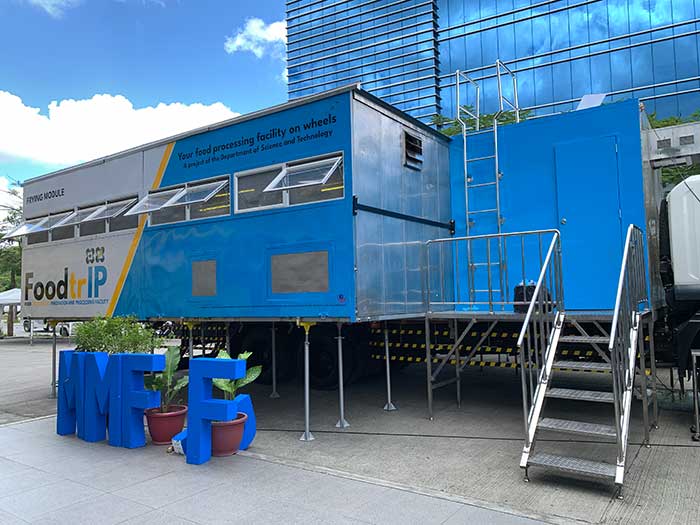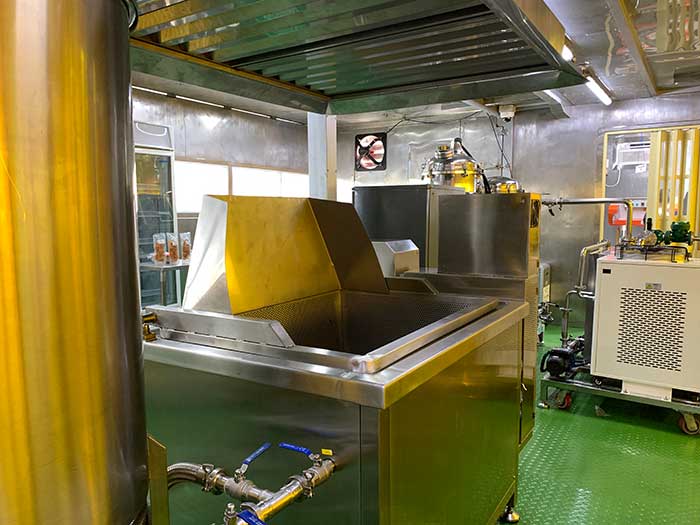By Rjay Zuriaga Castor
With the goal of promoting zero food waste, the Department of Science and Technology (DOST) launched the first frying module in its Mobile Modular Food Processing Facility (MMFPF) in Iloilo City on Thursday.
The MMFPF includes sections for raw material receiving and preparation, main processing (conventional frying and vacuum frying), and packaging technologies that ensure an extended shelf life for processed foods.
Teny Chan-See, MMFPF project leader, noted that the frying module is intended to help save the excess in the production of the agri-fishery sector, citing that the products of the said sector are prone to food spoilage.
“There is seasonality and overproduction, and the excess often goes to waste as it easily spoils. Therefore, when these commodities are harvested, we will fry them, add value to them, and extend their shelf life,” Chan-See told Daily Guardian.
The 32-footer customized truck is currently in Iloilo City for the 2023 National Science, Technology, and Innovation Week and will be stationed at Capiz State University-Dayao Satellite College next week, according to the project leader.
The academic institution will initially manage and operate the facility. The DOST will also train farmers and fisherfolk to ensure that the methods, equipment, facility, and production of processed food observe good manufacturing practices.
Chan-See said that the mobile facility will initially process dried products from kamote or sweet potatoes and tahong or mussels.
“We also want to extend the reach of innovation in food processing to our regions because we know that if it’s only stationed in one area, there’s a limit to our reach,” the project leader added.
The MMFPF can also serve as a food processing training and demo facility for entrepreneurs and students.
The mobile facility has five modules namely frying, drying, retort, spray drying, and aseptic and was conceptualized during the height of the COVID-19 pandemic.
“During the pandemic, we could not bring the commodities to the processing facility, so we thought of bringing the facility to the commodities. This led to the birth of the mobility feature of food innovation centers,” Chan-See noted.
























